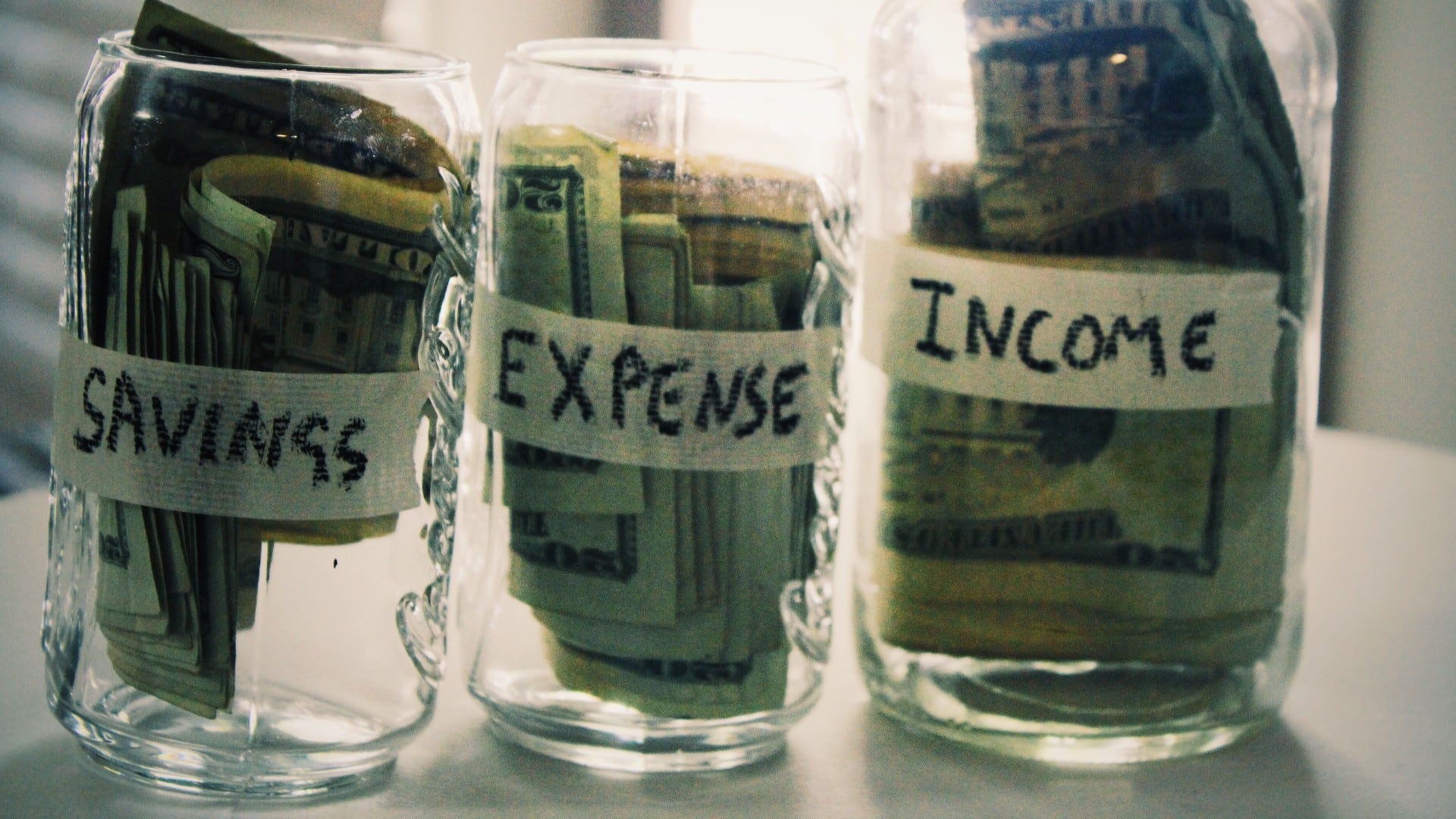Unfunded Obligations
Massive Debt & Growing
We're Living Longer
The G-Fund
U.S. National Debt
The current U.S. national debt:
$34,581,882,240,753
Helping you leave a meaningful legacy.
Much of your portfolio is most likely at risk...click on the button below to learn how much and what you can do about it to ensure peace of mind.
No spam, notifications only about new helpful content

https://vimeo.com/469501921 In this vlog/blog, I’m going to be addressing the issue of tax increases in the future. And nobody actually knows what taxes are going

https://vimeo.com/470033007 Today I’m talking about taxes and retirement, specifically taxation in retirement. Not a huge, obvious topic for most folks, which is why it gets

Unfunded Obligations Massive Debt & Growing We’re Living Longer The G-Fund Social Media
Get In Touch With Us
Advisory Services offered through Robert Green & Company, an Investment Advisor Registered with the states of California and Nevada. Registration as an Investment Advisor does not imply any level of skill or training.
Copyright 2024 © Robert Green & Company